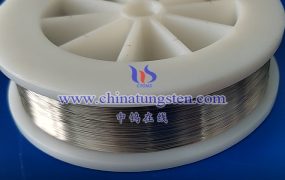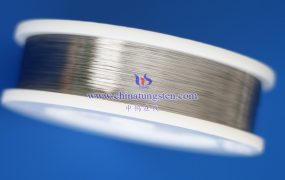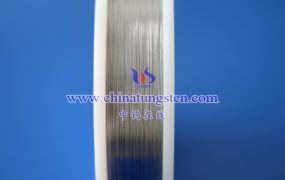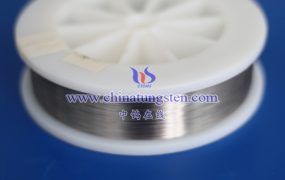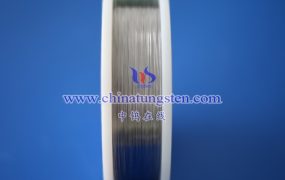The resistivity of tungsten wire shows a significant positive correlation with temperature, that is, the higher the temperature, the greater the resistivity. The following is a detailed explanation of this phenomenon:
- Reasons for the increase in resistivity with temperature
The frequency of collisions between electrons and atoms increases:
When the temperature rises, the thermal motion of electrons inside the tungsten wire intensifies, resulting in an increase in the frequency of collisions between electrons and tungsten atoms. This collision hinders the free flow of electrons, thereby increasing resistance.
Thermal expansion effect:
As the temperature rises, the tungsten wire will expand thermally, causing the length of the tungsten wire to increase (although this change may be small on a microscopic scale). According to the resistance formula R=ρL/S (where R is resistance, ρ is resistivity, L is length, and S is cross-sectional area), when the cross-sectional area S remains unchanged, the increase in length will lead to an increase in resistance. Although the discussion here focuses on the resistance itself, the change in length also indirectly affects the performance of resistivity, because resistivity is related to the ratio of resistance to length.
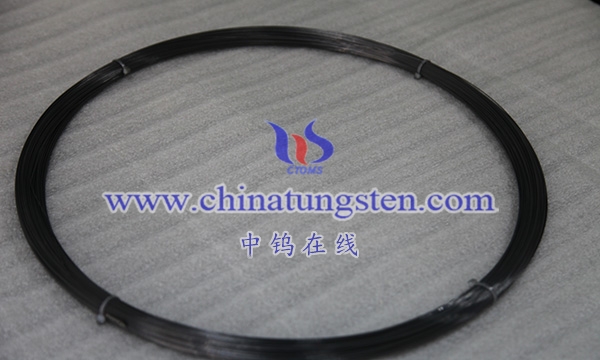
- Quantitative relationship between resistivity and temperature
Experimental data show that the resistivity of tungsten wire increases approximately linearly with increasing temperature. Specifically, when the temperature rises by 1°C, the resistivity increases by about 0.5%. This law allows the resistance value of the filament to increase by nearly 10 times when it is glowing (temperature is about 2000°C) compared to when it is not powered (at room temperature).
- Performance in practical applications
Take incandescent lamps as an example. The resistance of the tungsten wire in a 100-watt light bulb may be only a few ohms at room temperature, but when it is powered on and emits light normally, the resistance will increase to more than 480 ohms. Therefore, when discussing the resistance of a light bulb, it usually refers to its resistance when it emits light normally.
More details of tungsten wires, please visit website: http://tungsten.com.cn/tungsten-wires.html
Please contact CHINATUNGSTEN for inquiry and order of tungsten needles:
Email: sales@chinatungsten.com
Tel.: +86 592 5129595

